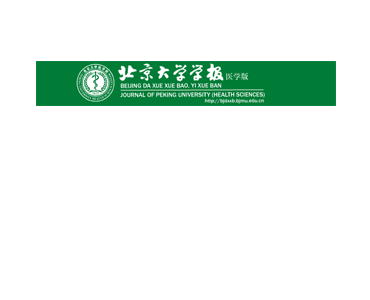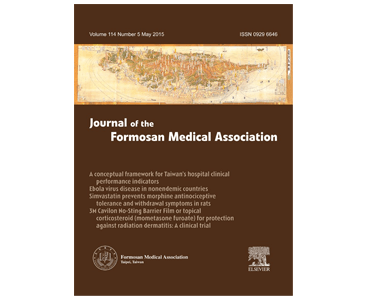Reducing cone beam CT scan height as a method of radiation reduction for photorealistic three-dimensional orthognathic planning. C Lin, TC Hsung, B Khambay.
Date: July 2015. Source: Journal of Cranio-Maxillofacial Surgery, 43(6):907-12. Objectives: To determine the superimposition accuracy of full-face stereophotographic images with 22 cm and 13 cm cone beam computed tomography (CBCT) scans. Material and methods: 22 cm CBCT scans and corresponding stereophotographic images (3dMD) for 30 subjects requiring orthognathic surgery were randomly selected. A 13 cm…








